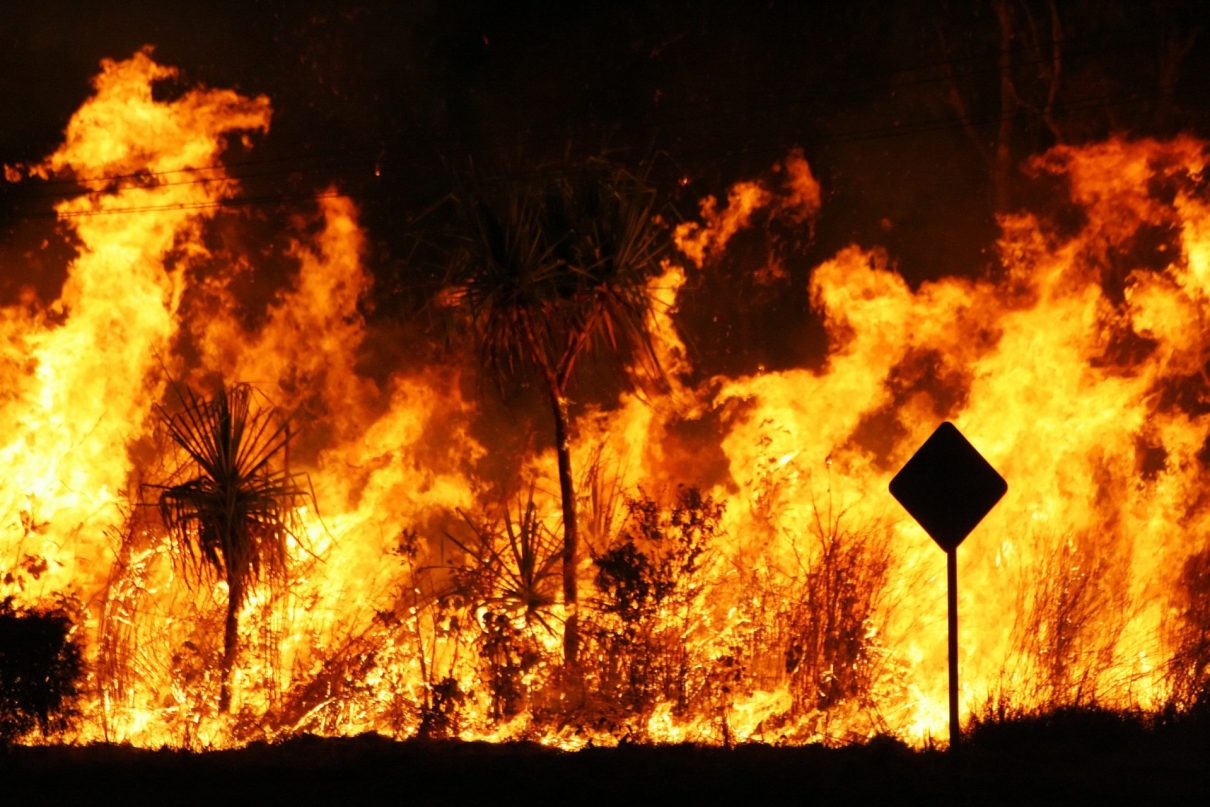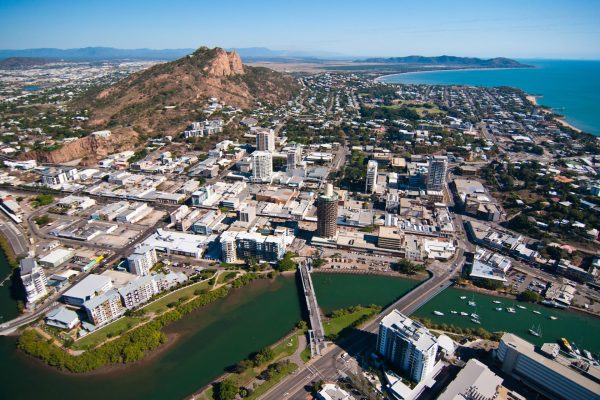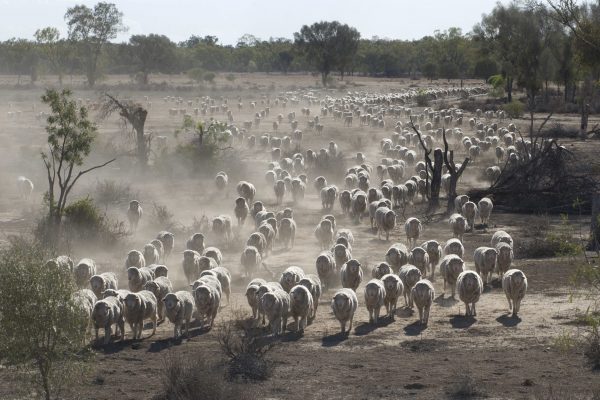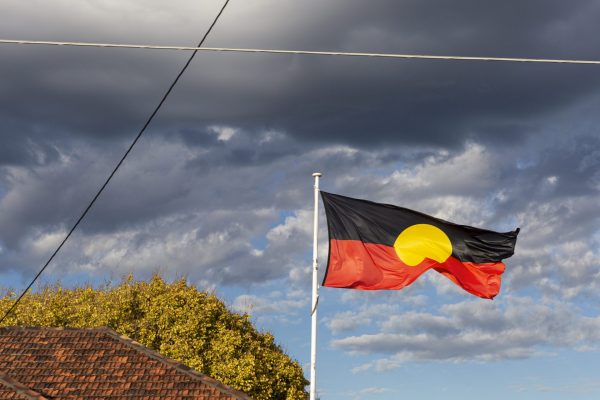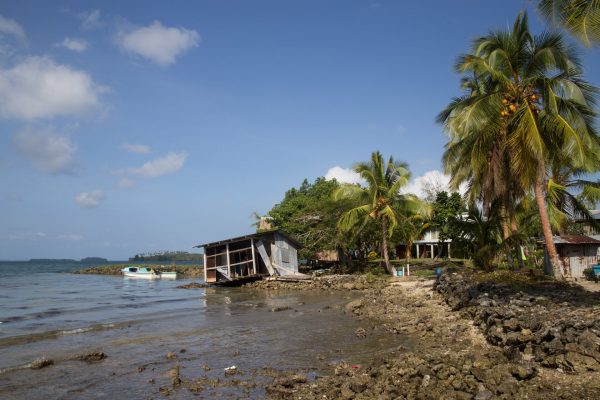Australia urgently needs a dedicated, independently administered fund to meet the escalating costs of natural disasters due to global warming.
An alternative source of natural disaster funding
A levy on fossil fuel production is an appropriate contribution from the companies making the single largest contribution of any activity in Australia to global warming.
Greenhouse gases from burning fossil fuels exported from Australia are more than double Australia’s domestic emissions. Australia’s domestic emissions are also dominated by fossil fuels, both in combustion (for example in coal fired power stations) and in mining and export themselves (for example fugitive emissions from coal mines and LNG production).
Australia is the world’s fifth third largest fossil fuel miner and third largest exporter, behind only Russia and Saudi Arabia. Australia’s fossil fuel exports make up 7% of all fossil fuel exports (Swann (2019), High Carbon from a Land Down Under Quantifying CO2 from Australia’s fossil fuel mining and exports).
The total costs of climate change and climate related disasters to the Australian community now and into the future are far greater than the amount that is likely to be raised by the Climate Disaster Fund. The Climate Disaster Fund will make a significant contribution, but most costs will still fall on the Australian community.
It is important to note a levy of $1 per tonne of carbon is a small fraction of the overall economic harm of emissions from fossil fuels produced in Australia.
The full cost of the economic harm that results from a tonne of carbon dioxide emitted is called the social cost of carbon (SCC). The US Environmental Protection Agency has calculated an average SCC in 2020 of $59 per tonne of CO2 (Converted at current exchange rates. US$42 is the average SCC at a 3% discount rate in 2020. A lower discount rate that cares more about the future has a higher SCC. The SCC increases over time. EPA (2017) The Social Cost of Carbon).
This is a highly conservative figure. Studies in the economic and scientific literature include a very wide range of estimates for a SCC, including into the hundreds and thousands of dollars per tonne. A more recent authoritative analysis found a median estimate of US$417 per tonne (Ricke et al (2018), Country-level social cost of carbon).
While Australia’s fossil fuel resources are owned by Australians, they are extracted and exported mostly by large global coal and oil and gas companies. These companies make virtually no contribution to paying the costs of increasing climate related disasters that are a direct consequence of the increasing concentration of greenhouse gases in the atmosphere. As shown in Table 1 below, these companies pay little if any company tax in Australia, and so are in a good position to be able to afford this modest contribution to the cost of the increasing natural disasters they are fuelling.
Table 1: Company tax paid by selected fossil fuel companies, 2016/17
Source: ATO (2018) 2016-17 Report of Entity Tax Information
Table 1 above shows that most of the large fossil fuel exporters paid no company tax in Australia in 2016/17. This is not exceptional. In 2015/16 only Woodside and BHP Billiton Mitsui Coal paid company tax. It is clear that these companies derive huge benefit from the fossil fuels they export but pay little in return and nothing to specifically cover the costs of the climate damage their products cause.
Moreover, these companies and their industry groups claim the revenue they do provide to be funding other public services. Revenue from these companies cannot fund hospitals and schools while also paying for disaster response and preparedness.
Beneficiaries of the National Climate Disaster Fund?
Funding can be distributed amongst the most disaster impacted regions and sectors in Australia. These include:
